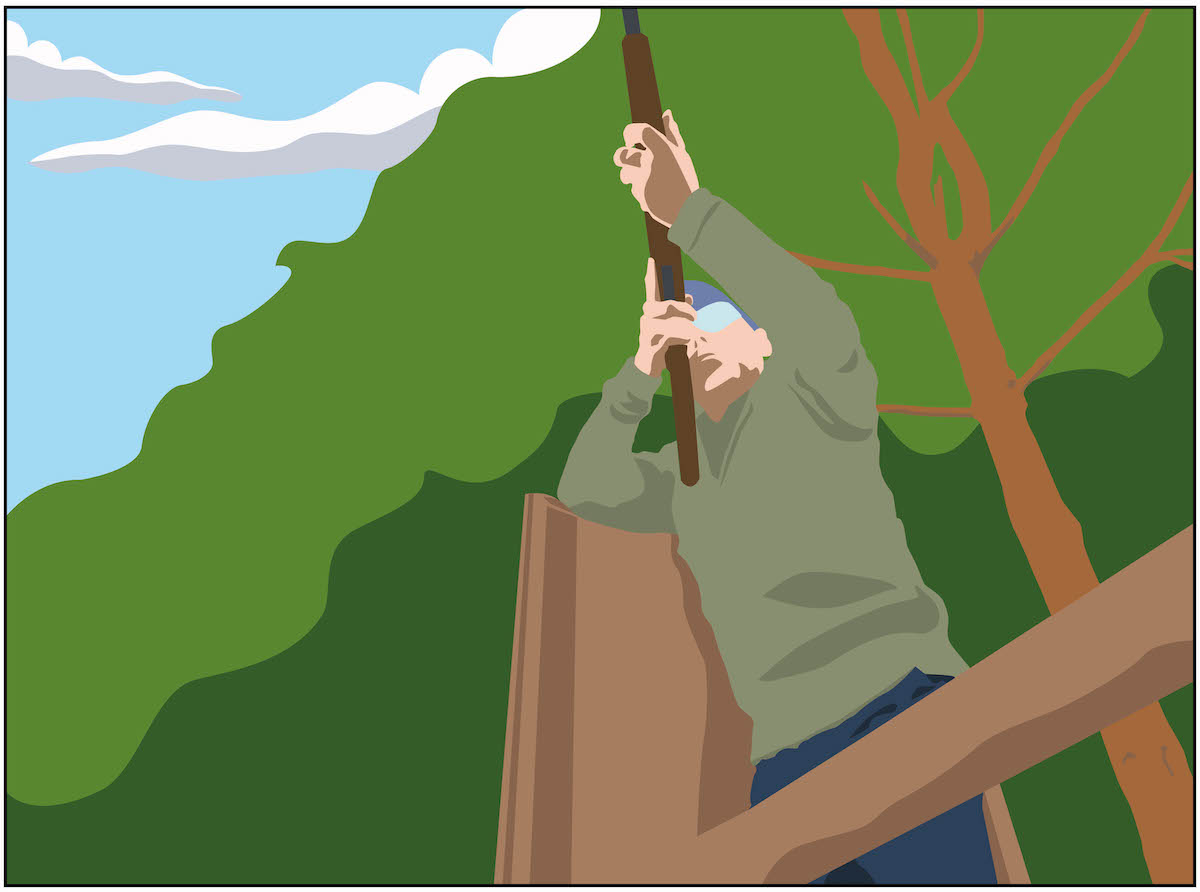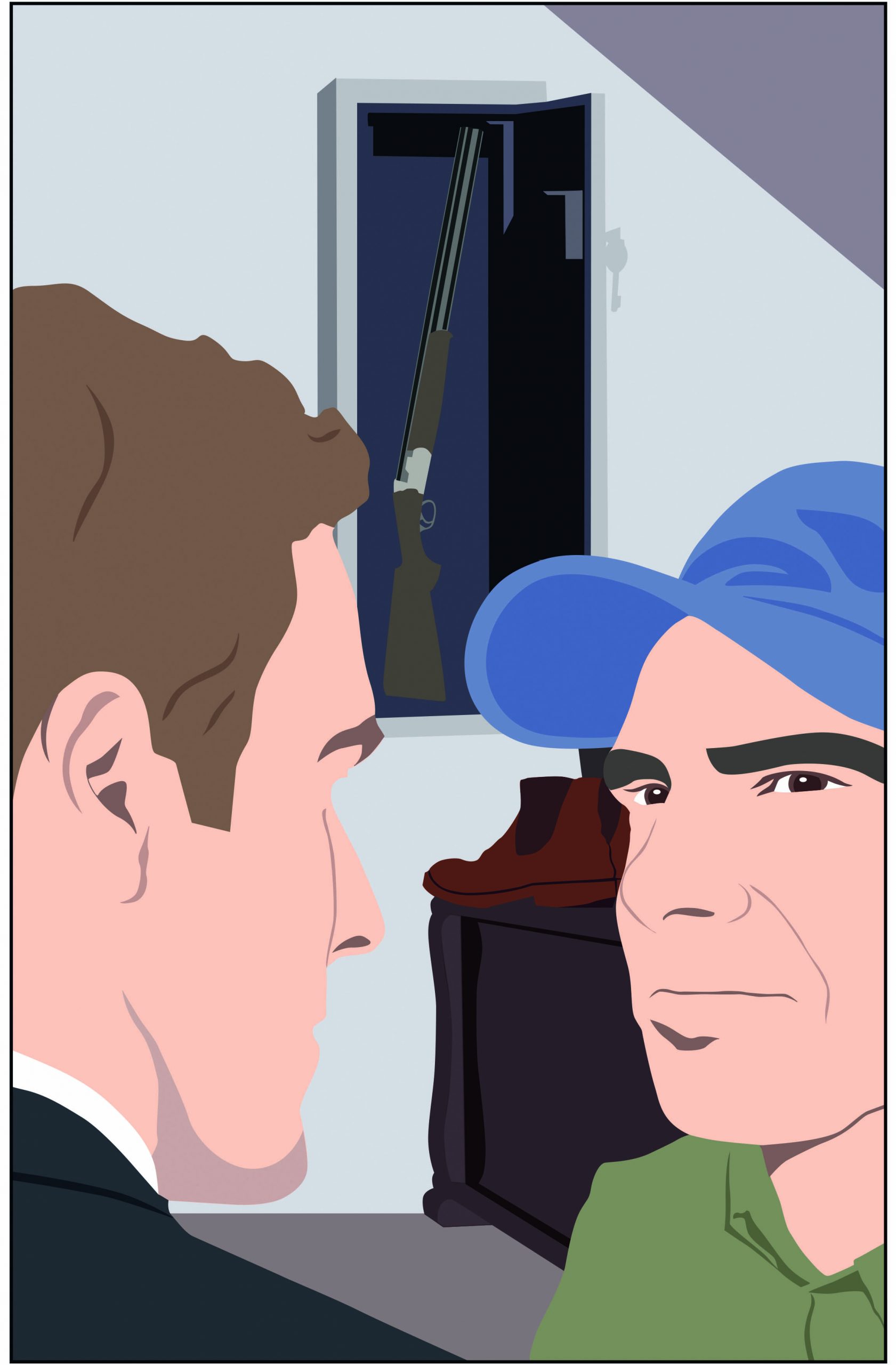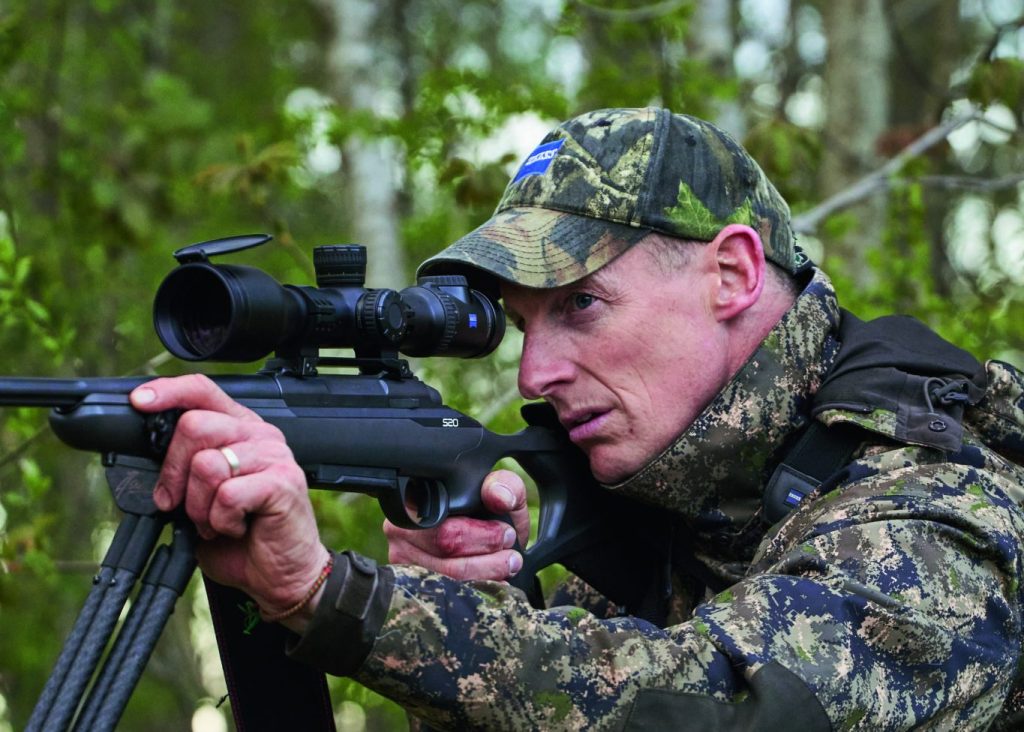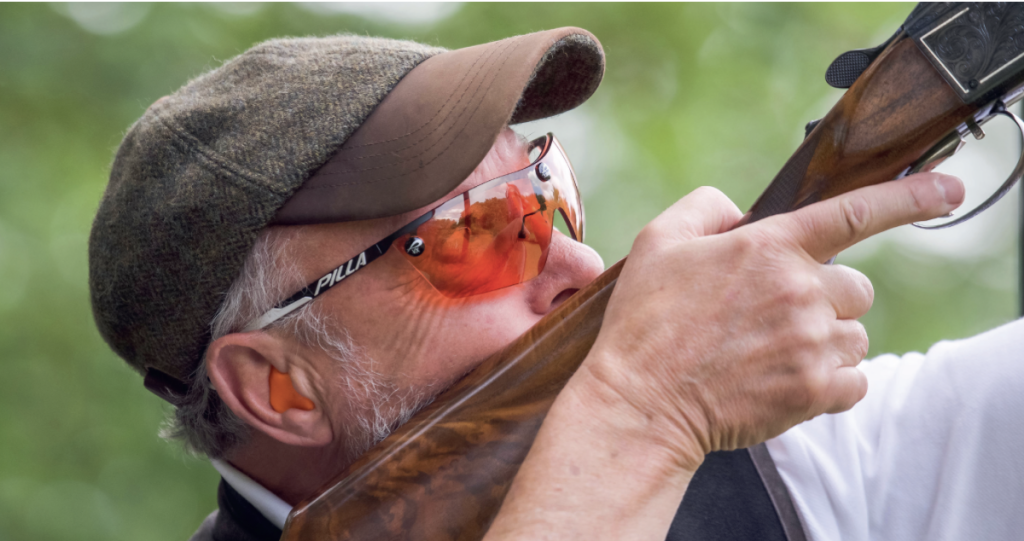Legislation
Shooting
Waiting for a shotgun certificate
Would you like to speak to our readers? We offer sponsored articles and advertising to put you in front of our audience. Find out more. Jim shooting at a clay ground
Jim shooting at a clay ground
Well, Mr Old, you seem like an eminently sensible gentleman,” said the firearms enquiry officer (FEO) as he rose to leave. I suppressed an urge to laugh. No one’s ever called me that before. “I’m happy to say I’ll be supporting your application for a shotgun certificate,” he continued. “It’ll need to be signed off by my sergeant but, all being well, you should see it in a couple of weeks.”
I’d waited a long time to reach this final hurdle standing between me and my licence. When I’d first completed my application on the Metropolitan Police website, there had been a warning that grants could take six months to complete. I’d scoffed at this, thinking it couldn’t possibly take that long. It turned out to be remarkably accurate. (Read what are the latest waiting times for shotgun and firearms certificates.)
Waiting for a shotgun certificate patiently
The harder something is to acquire, or the longer you have to wait for it, the more desirable it becomes. Most of that five-month-and-two-week wait was characterised by what felt like geological epochs of radio silence from the police. My instructor had told me I was more than ready to shoot on my own. I was excited and childishly impatient, and as time dragged on, my frustration grew. Somehow I stopped myself from pestering the firearms team for progress reports, sensing that it wouldn’t speed things up. Finally, out of the blue, there appeared an email telling me that my local FEO would soon be in touch.
He rang a few days later, apologising for the long wait, and we arranged a date for his visit. I told him I’d be storing the shotgun at a club but needed to be able to bring it home on occasion, too. He explained that he’d be checking my home security arrangements and gave me a flavour of some of the topics we’d be covering in the interview. He’d be asking some shotgun safety questions, he said, and recommended the BASC website for my research. (Read do I have to store my shotgun at home?)
Nightmare job
I was fretting about my gun cabinet. Someone on YouTube had said that the officer “will literally hang on it” to see how well it’s mounted. You don’t want a thief plucking it off the wall and carrying it away to open at his leisure. (Read this useful piece on gun cabinet rules.)
I’d installed the cabinet in my crumbling Victorian home a year previously to keep my airguns safe. The job had been a nightmare. I’d managed to drill two holes right through the wall into the next room, prompting some high-speed redecoration before my wife came home. Its fixings seemed solid, but would it withstand a police officer swinging on it? Or would it come down, bringing half the wall with it?
There were no such acrobatics in the end but he did give it some hefty tugs before declaring himself satisfied. I made some tea and we sat down for his questions. These mostly required basic common sense responses and posed no major problems. Then followed a more general chat about what I planned to use the gun for.
I relaxed and started to enjoy myself. It was going well — if I could just avoid my usual trick of snatching injury-time defeat from the jaws of victory. I wondered what my wife would make of me being described as “eminently sensible” (the kids guffawed when I told them) but I managed to keep a straight face. We said our goodbyes and I closed the front door behind him. I gave him a moment to get clear, then I did a little jig.

Police inspecting Jim’s gun safe
Expensive mistakes
There’s little to celebrate about getting older. But as I roll on into my fifties there is, perhaps, one advantage that the current version of myself has over the previous, younger models. I refer to improved self-knowledge; an enhanced awareness of my own flaws and tendencies.
So, for example, when a shooting instructor tells me that I should try lots of different guns before settling on the one I want to buy, I find myself thinking two things: “That’s definitely good advice,” closely followed by, “I’m probably not going to do that.”
My self-knowledge reminds me that I’m not great at taking advice, even when I know the advice to be excellent. It also points out that I have a tendency to become obsessive and when I have an idea in my head, nothing short of an explosion will shift it. Finally, it draws my attention to the fact that these tendencies have caused me to make grievous and expensive mistakes in the past.
The idea that recently lodged itself in my brain is that I want to buy a Beretta 686 Silver Pigeon 1 when my shotgun certificate arrives. This popular over-and-under has a reputation for bomb-proof reliability. It seems to be the perfect gun for a newbie clayshooter like myself.
I’ve handled a few during my recent lessons and I like the way they look and feel. Yes, definitely the gun for me. They might not be exotic or head-turning but I don’t care about that. Or do I? Why is my subconscious waving a red flag at this point?
History lesson
Twenty years ago I passed my motorbike test. I bought a black Suzuki. It was nothing special but it was great to own a bike finally after, ahem, failing my test twice. This was probably all the motorcycle I’d ever need, but soon my eye began to wander and I traded it in for a fast, sporty Honda. This second machine seemed cursed. Impending fatherhood, and my inability to keep the Honda rubber-side down, meant that it was quickly sold. I wished I’d stayed loyal to my first motorbike and regretted wasting a barrow-load of cash on an imprudent upgrade.
So, what’s this lesson from history trying to teach me? It’s pointing out that I’m excited about the prospect of imminent shotgun ownership, which is fine. But it’s also suggesting that having bought the trusty 686, my fickle character could be drawn to something more alluring in the near future, with all the additional expense and opportunities for getting it wrong that might entail. Buy nice or buy twice, it’s saying. Buy the gun you’ll want to keep.
I’ve seen the Silver Pigeon 1 described both as a good entry-level shotgun and also a potential gun for life. This second category is what I’m after. I like the idea of buying a gun, taking care of it and keeping it for the rest of my days. But knowing myself as I now do, I started to worry that I wouldn’t be able to commit to a 686. (Read more on the best first gun.)
A trip to a game fair solved the problem. I came across a display case containing a Beretta 687 — the updated Silver Pigeon 3; functionally identical to its SP1 cousin, but with upgraded wood and improved engraving. “It’s a Silver Pigeon, only beautiful,” said the man running the stand, with a wink. I nodded distractedly and stared at the gun. Inside my head, things were changing; neural pathways rerouting, synapses forging new connections. My brain was busy uploading its new obsession.
Related articles
Shooting
Shotgun
Let’s bite the bullet
The ban on lead shot for all game shooting is moving apace so it’s time to find the best eco-friendly ammunition that suits you and your rifle
By Time Well Spent
Shotgun
Shotgun buying guides
Starting out? Make sure it fits
If you’re buying your first clay gun, the right fit takes precedence – not good looks, the brand your mate’s got or even price – warns Paul Austin
By Time Well Spent
Manage Consent
To provide the best experiences, we use technologies like cookies to store and/or access device information. Consenting to these technologies will allow us to process data such as browsing behavior or unique IDs on this site. Not consenting or withdrawing consent, may adversely affect certain features and functions.
Functional Always active
The technical storage or access is strictly necessary for the legitimate purpose of enabling the use of a specific service explicitly requested by the subscriber or user, or for the sole purpose of carrying out the transmission of a communication over an electronic communications network.
Preferences
The technical storage or access is necessary for the legitimate purpose of storing preferences that are not requested by the subscriber or user.
Statistics
The technical storage or access that is used exclusively for statistical purposes.
The technical storage or access that is used exclusively for anonymous statistical purposes. Without a subpoena, voluntary compliance on the part of your Internet Service Provider, or additional records from a third party, information stored or retrieved for this purpose alone cannot usually be used to identify you.
Marketing
The technical storage or access is required to create user profiles to send advertising, or to track the user on a website or across several websites for similar marketing purposes.





